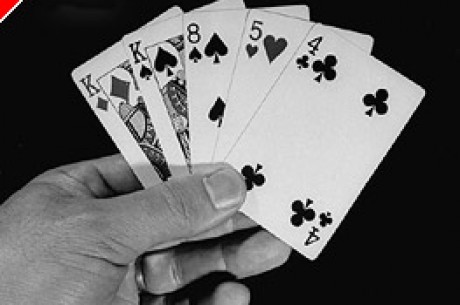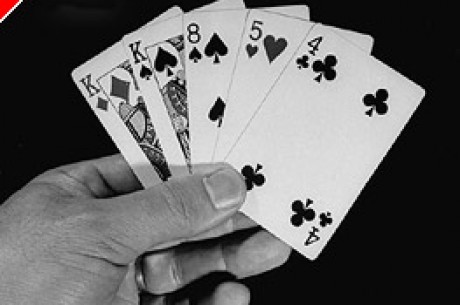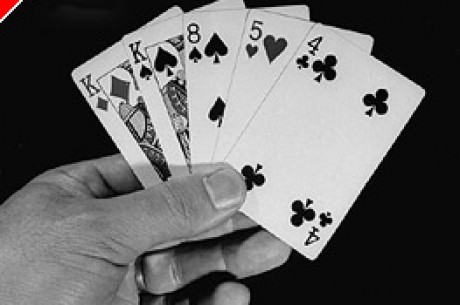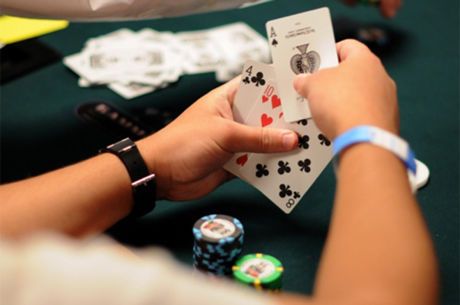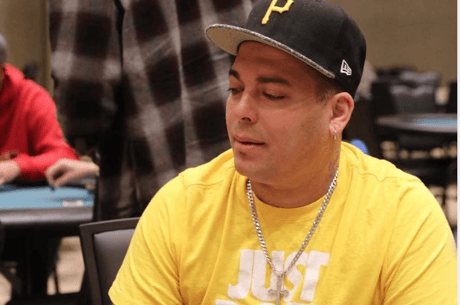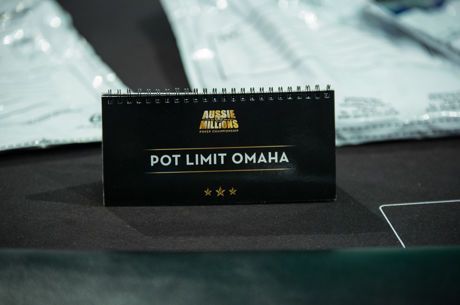Introduction to Omaha - Returning To Base - Hi/Lo
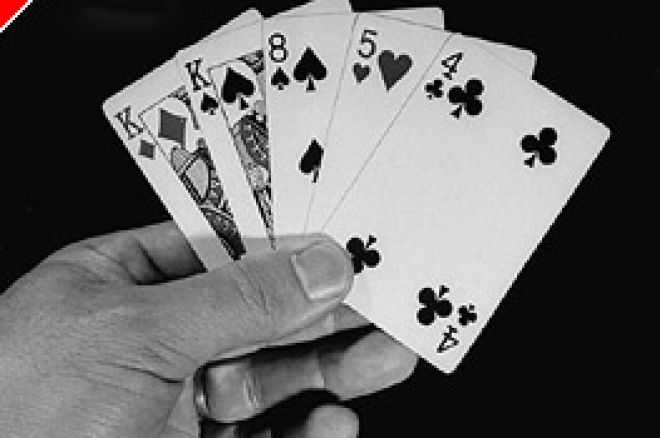
Tony is a regular on-line and card room player living in England. He mostly plays Texas Hold'em and Omaha (High and Split) at fixed, pot and no limit, at both cash and tournament tables.
Introduction
Last week, I recapped some of the fundamental points that a new Omaha player should take on board before commencing a game of Omaha High. This time, I will do the same with Omaha Hi/Lo. This will give newer readers of pokernews.com a chance to catch up a little with this Omaha series and encourage you to have a look through the Poker Strategy archives of this site.
As always for players new to the game, you should always play at a low-stakes limit table and I will continue with this in mind.
Half a Pot is Not a Lot!
In any variation of Hi/Lo stakes, be it Stud, Omaha or something else entirely, there are two pots potentially to be won. This fact alone attracts action junkies some of whom immediately think they can win twice as much as they could normally. This is a misconception because it ignores both value and pot odds. There are indeed two pots potentially available but the sum total of the value of those pots is the same as the one pot in Omaha High. In reality, there are two half-pots available but - and this is important to understand - you are still required to put in full-sized bets in your quest to win these half-pots. Paying full-sized bets to win one half-pot isn't good value in my eyes.
So, it is a sound policy that if you think your hand has only a small chance of winning both pots then don't keep betting.
An exception to this rule could be made where the pot is multi-handed and it is likely that the low pot will be shared by a number of players holding low cards and you are looking good for the high pot. If this comes off, every one of those low pot chasers will contribute half their bets for your benefit.
Omaha Hi/Lo is not Omaha Low!
Take a look at any full table of Omaha Hi/Lo and you will find players committing money to pots with any old assortment of raggy hands simply because those hands include A2, A3 or 23 combinations (or worse). While you can argue that they might strike a hand to win the low pot, the maximum expectation is no more than that.
There is only one way to win over the longer term at Omaha Hi/Lo and that is to have designs on winning the whole pot when you enter the betting. This can only be achieved in two ways, either by winning the high hand when there is no qualifying low hand, or by winning both the high and low pots simultaneously. Your starting hands in Omaha Hi/Lo should be geared to this and anything else ought to be folded pre-flop.
Qualifying Low Hands
A low hand exists only if the holder has made a hand of five cards (that is two from the hole cards and three from the community cards) all of which are from the following group; 8, 7, 6, 5, 4, 3, 2, A (ace is low here) and all are different numbers, not paired. If any two of your hole cards plus any three of the community cards does not contain five of these "8 or better" cards none of which are paired, you do not possess a low hand.
A low hand exists regardless of the suits of the cards and regardless of the sequence of the numbers. It matters not whether the five cards form a flush or a straight. It may possibly win you the high pot but those attributes will not help you with the low pot. Only the numbers matter.
When there is a qualifying low hand, the winner receives a maximum of half the pot. Sometimes, and it is often when two or more people each hold an A2 combination, a low pot is split so you receive only a quarter of the overall pot. This highlights the danger of concentrating on chasing low pots. You can only ever win half the money in the middle with a low pot and sometimes a lot less.
More reasons to aim for high hands
The whole pot does not always get split. The following rules apply:
- In every hand of Omaha Hi/Lo, there will be a high-hand winner, just like in Omaha High.
- If, at the showdown, no-one holds a qualifying low hand, the whole pot goes to the player with the best high hand, just like in Omaha High.
- If there is a qualifying low hand, the player with the lowest one receives half the pot and the remaining half of the pot goes to the high hand winner.
In other words, the high hand receives a minimum of half the pot and a maximum of the whole pot. The low hand receives, at the most, half the pot. This is only when it is sufficiently low to be classed "eight or better".
Rules of Thumb for your Hands
I have heard it said that any starting hands in Omaha Hi/Lo Split that contain a single 9 should be mucked forthwith. The reason is because a 9 is the lowest high card that does not qualify for inclusion in a low hand. Consequently, with a 9 in your hole cards, you are only using a maximum of three useful cards and that is itself often a good reason to fold unless you have premium cards like AA2 to go with it.
Folding any 9 is a rule of thumb, not a direct order. In Omaha High, a hand like 789T is excellent news. At Hi/Lo, you might think about seeing a flop but there are many drawbacks because it is difficult to make a high hand stick using two of your cards without someone else making a low hand to take half the pot. Likewise, if there is no qualifying low hand because there are not three cards under 9 on the board that are each different to one another, then it is likely players with cards higher than yours may have a claim to the high pot with JQQK in hand for example.
Another rule considered by many to be a sound policy is that if you have no premium low cards (generally AA2, AA3, A23, A24, etc), you should only enter a pot if you have an exclusively strong high hand featuring all four cards. Such hands are the premium Omaha high hands like AAKK, AAKQ, KKQJ, KQJT, and so on. These hands will all stand a good chance of hitting nut hands in the event that the board cards show at least three cards of 9 and above, thus precluding a qualifying low hand.
Conclusion
In summary, the patient, winning player wants to scoop the pot either by taking the whole pot with the high hand (no qualifying low hand having been made), or by having the nut low hand and a good chance of the high hand too.
This summary of the basics to bear in mind when playing Omaha Hi/Lo will hopefully encourage the newer readers of Pokernews.com to get started on a solid footing and to read through my earlier articles. I wish you all success at the tables, and a bit of luck. Just remember to keep the luck part to a minimum by not playing hands that need a lot of it!
Exorcism
29 September 2005
Ed Note: Poker Stars have our highest rated tournaments, find out why

